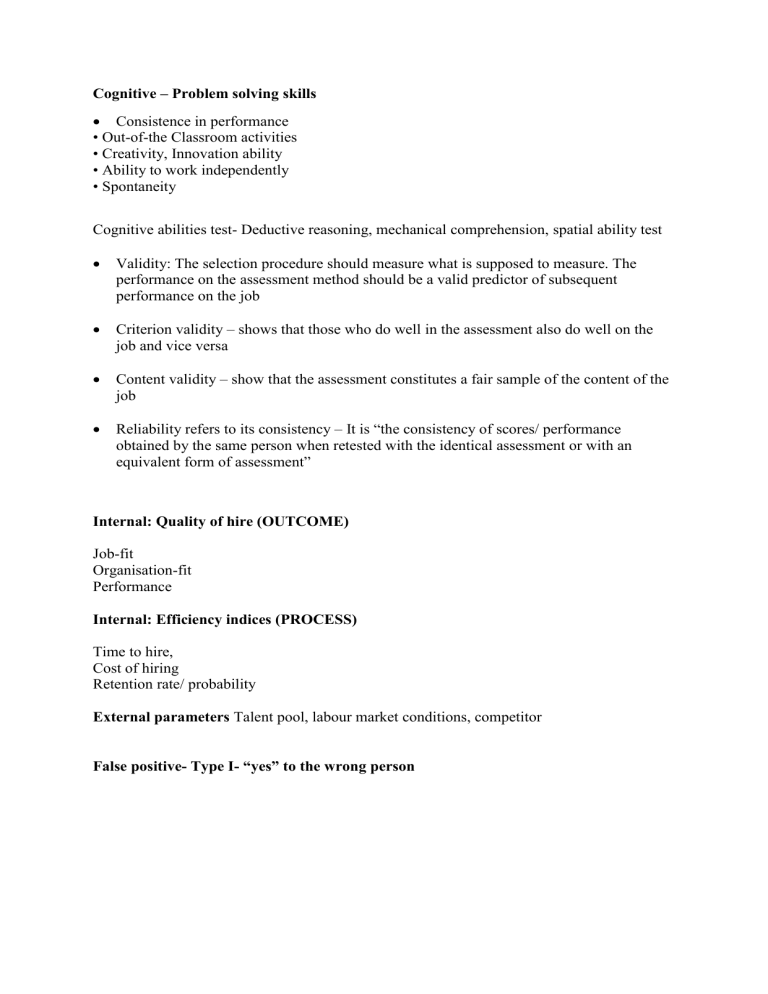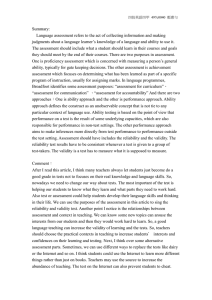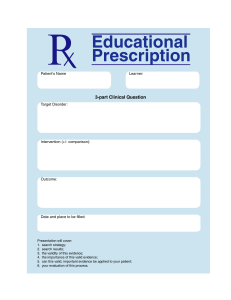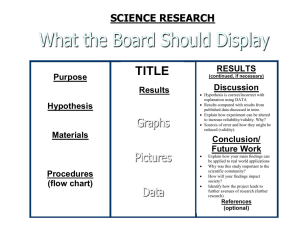
Cognitive – Problem solving skills Consistence in performance • Out-of-the Classroom activities • Creativity, Innovation ability • Ability to work independently • Spontaneity Cognitive abilities test- Deductive reasoning, mechanical comprehension, spatial ability test Validity: The selection procedure should measure what is supposed to measure. The performance on the assessment method should be a valid predictor of subsequent performance on the job Criterion validity – shows that those who do well in the assessment also do well on the job and vice versa Content validity – show that the assessment constitutes a fair sample of the content of the job Reliability refers to its consistency – It is “the consistency of scores/ performance obtained by the same person when retested with the identical assessment or with an equivalent form of assessment” Internal: Quality of hire (OUTCOME) Job-fit Organisation-fit Performance Internal: Efficiency indices (PROCESS) Time to hire, Cost of hiring Retention rate/ probability External parameters Talent pool, labour market conditions, competitor False positive- Type I- “yes” to the wrong person What is Career Management •Two -way process –employees' perspective as well as company’s perspective •What are your values? (mirror test) Things that could be career-killing: not doing enough research, motivated by one factor and ignoring others (e.g. money), escaping rather than moving into a new role, overestimating your own capabilities, thinking short-term over long term Challenges Role conflict, role scarcity and role accumulation Deriving social identity through careers Attributional ambiguity Dynamic environment Domino effect of incorrect career choices Ways to take your career in your own hands Understand what you’re evaluated on Solve for your own blind spots Codify your learnings Increase your visibility with the leadership Become an expert in an area of increasing importance to your company Seek good counsel and mentoring. What should Rainbarreldo now? •Immediate damage control by identifying high performing leaders to drive the appropriate performance culture. •Management team needs to define clearly the strategic goals for the organization that align with its culture –both short term and long term •Two key questions to ask: what do we want employees to do differently to support the business? Why aren’t they already doing it? •Seek inputs from employees on ways to reach the goals. •Communicate the expectations of the organization at different levels •Align and cascade goal across levels •Free up budgets with some discretion to managers. •Hold managers accountable for the goals. Provide support and assistance to do the same. (Mock interview experiments) •Go beyond pay for performance and look at recognition like praise, appreciation •Build on intrinsic motivation (Adam Grant’s study on call centres) •Creating a culture of performance (Nurse station signs) •Psychological safety, feeling of commitment, OCB –Building a performance culture Let’s understand what a meaningful condition vs Sisyphic condition -doing something over and over and over that seems to be particularly demotivating. (Sisyphic doesn’t work even if you love the work) (e.g Legos and letter-pairs experiment by Dan Ariely) Ikea Effect (The Origami Experiment) –evaluator vs. performer Fiedler’s Contingency Theory Low LPC- person you hated working with was also someone you did not like on a personal level- task oriented- favourable/ unfavourable situations High LPC-person you hated working with was still a nice person- people-oriented personality- medium (a) their effort will lead to high performance, (b) their high performance will be rewarded, and (c) the rewards they will receive are valuable to them. Transformational leaders lead employees by aligning employee goals with the leader’s goals. Tools Charisma inspirational motivation intellectual stimulation individualized consideration transactional leaders ensure that employees demonstrate the right behaviours /and provide resources in exchange. ToolsContingent rewards Active management by exception- pre-empts errors Passive management by exception- lets error



